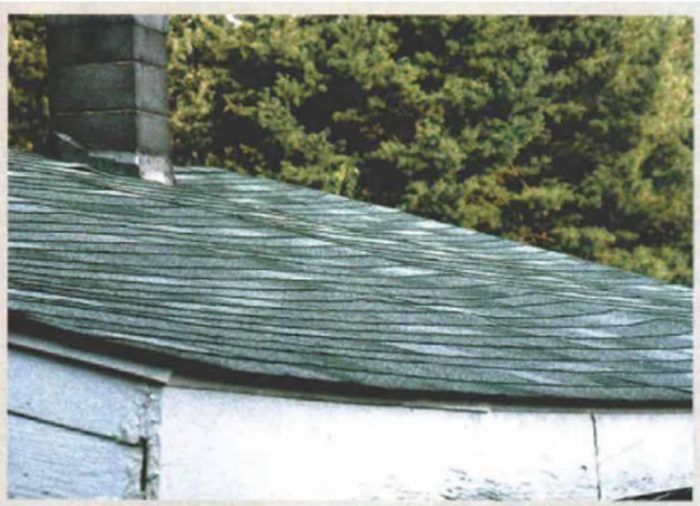Ten Tips From a Home Inspector
Whether you're buying, selling or building, here are a few clues to some of the things that can go wrong in a house over time.

Synopsis: A veteran home inspector lists 10 common clues to hidden structural, electrical, plumbing, and ventilation problems.
I know people are not always happy to see me coming. It isn’t personal. A home inspector is likely to uncover at least a few flaws, and I know my work can delay or even derail the sale of a house. An inspector’s report can change the selling price of a house by thousands of dollars. But inspectors also have improved the quality of houses all over the country and made them a lot safer to live in.
Like most inspectors, I’ve seen obvious problems that made me shudder: plumbing held together with duct tape, dangerously overloaded fuse boxes, joists and beams weakened by carelessly run pipes or ducts. Such places need major work. Houses without obvious problems may seem to be in better condition, but a thorough inspection still can uncover situations that should be addressed, whether the house is for sale or not.
Not all problems are major. But given time, even small problems can do excessive damage. Caught quickly, they may be easier and less expensive to repair. Folks in the trades can learn something from a complete home inspection: namely, what not to do. After all, many of the problems I uncover could have been avoided if the work had been done more carefully at the start.
1. Check the meter-box seal
I once was called to do an inspection of a house where the service-entrance cable ran along the ground for 40 ft. after it came off the pole, then disappeared into the house through an open window. What’s more, the owner’s dog had been chewing on the cable. That is one of the few inspections that I just walked away from.
Electrical hazards are usually less obvious. In addition to checking for visible problems in the service-entrance cable itself, such as deteriorated sheathing that exposes the stranded neutral, I also look at the meter base carefully. I check to make sure it is securely fastened to the siding and that the rubber seal on top of the base is intact. The seal is supposed to provide a watertight barrier where the service-entrance cable feeds into the meter base. But in time, this seal can fail, allowing water inside and leading to failure of the meter base.
The meter base also provides good clues to the type of electrical panel I should find inside. A small, circular meter base is typically used to feed a 60-amp panel, inadequate by today’s standards. When I find that it supplies a 150-amp or 200-amp service panel, I know that someone has upgraded the system illegally. This upgrade is done to avoid getting a permit, but it creates a safety hazard because the service panel is now pulling more current than the meter base and service-entrance cable were designed to carry.
For more photos and common clues to hidden structural, electrical, plumbing, and ventilation problems, click the View PDF button below.

























